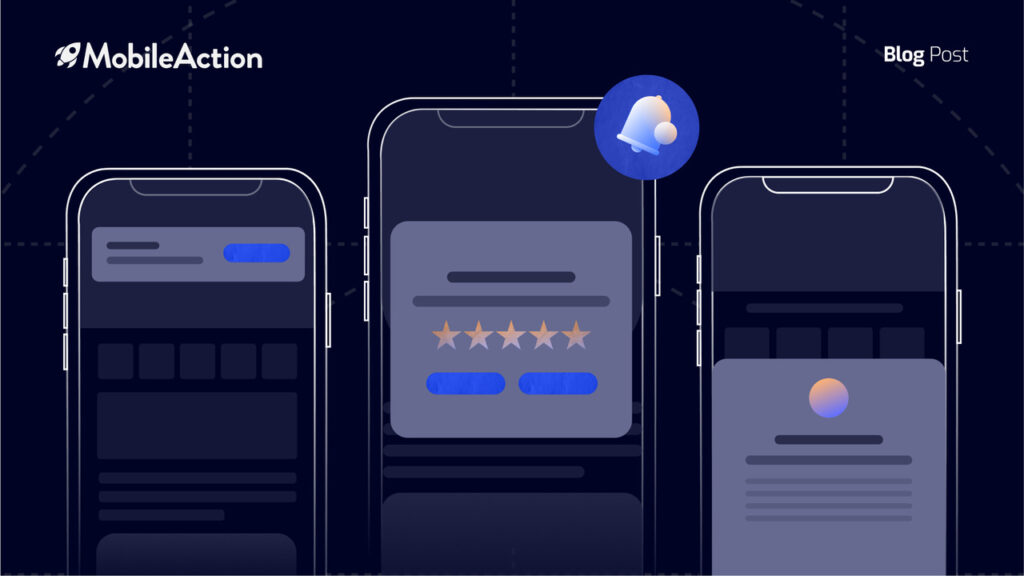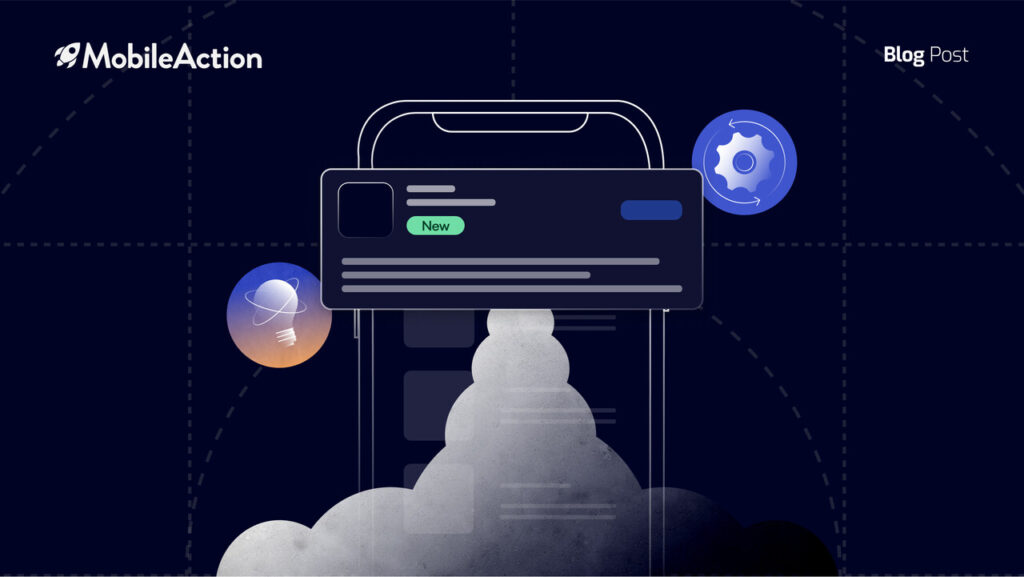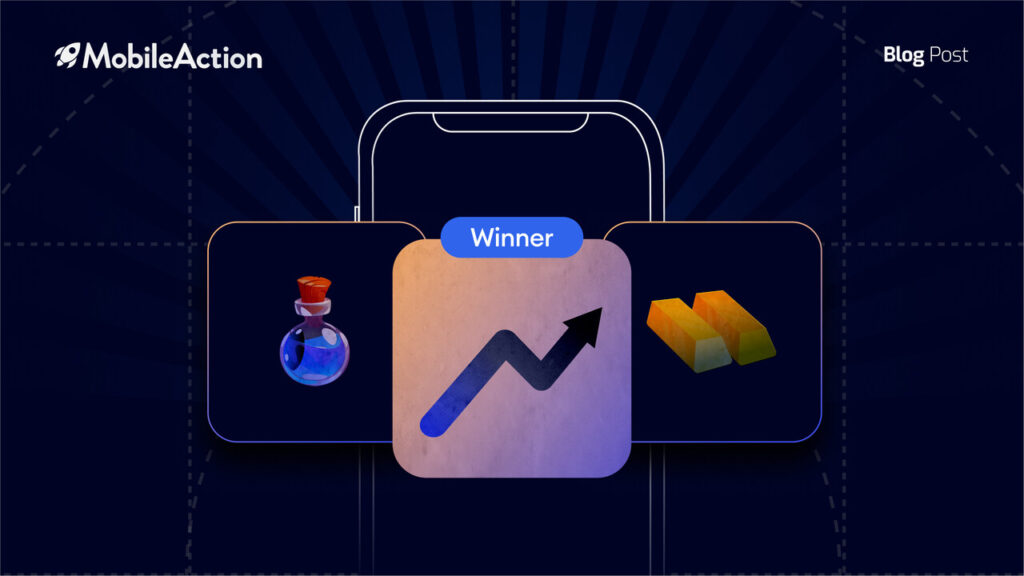We all know that creating an app is as difficult as it gets. However, creating mobile app engagement and retention for your app might be even more difficult.
First of all, mobile App markets are incredibly competitive. Data shows that currently there are almost 3.5 million apps in Google Play Store and over 2.2 million in Apple App Store. This means that when you give life to an app, you cannot just abandon them and expect them to survive on their own.
You have to actively maintain your app. Make them more visible and always make them more and more user-friendly. Only then you can make users come back to your app regularly.
Are you feeling lost? Do not worry, we will guide you through mobile app engagement and retention.
What is Mobile App Engagement?
Let’s start with Mobile Engagement. It basically refers to how active your mobile app users are. How many times they use the app, how long they stay in the app and how they interact with it. The measurement of these metrics are somewhat subjective, however they are what you need to focus on, if you want to increase your revenue.
App Store Optimization (ASO)
As you can see, these metrics mentioned above are all about the process after we make the sale. So, how do we make the sale? We make the app more visible. And how do we make the app more visible? Via App Store keyword optimization.
Therefore, before diving deeper into mobile app engagement, we have to take a look at what ASO is and why it is important.
According to Apple Search Ads, a search in app stores ends up with a download %65 of the time. That is quite high, right? So, if you can manage to put your app in the top ten results, it means that a download is much more likely to happen
Once you put your app on the top shelves in app stores with the help of ASO, you will reach relevant users. They will most likely spend more time on your app and therefore, your expected Lifetime Value (LTV) will also go up.
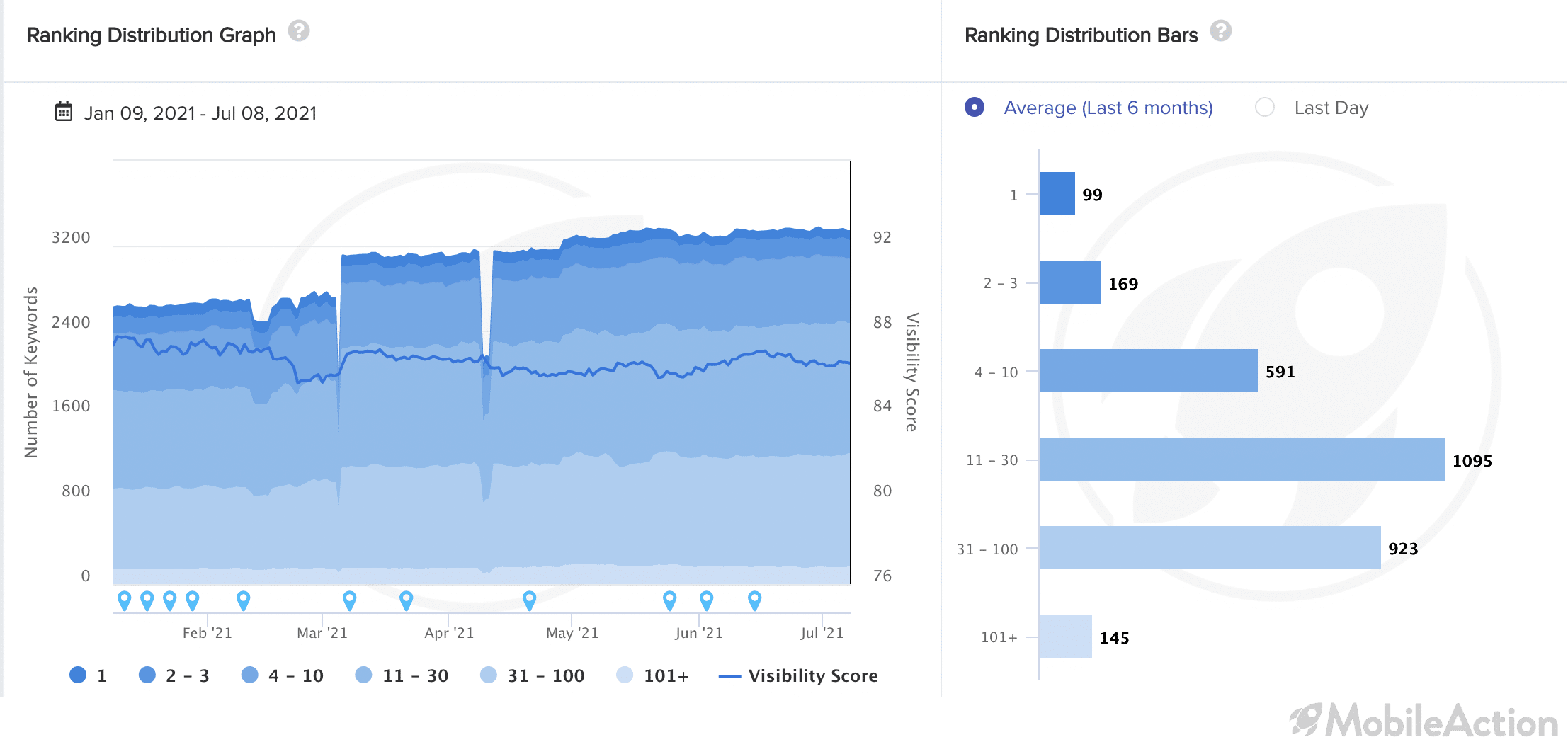
Here Are Some Ideas About How To Choose Your Keywords
- Keyword Relevancy
If someone says can you sell me this pen, you should ask: Do you need a pen?
Meaning, you have to make sure that your keywords are relevant to what your app is offering. Even if you could rank in the top ten for an irrelevant keyword, even if that keyword has a high search volume, it won’t do you any good. Since people are looking for something else, the chances of you making the sale is pretty low.
- Track Your Competitors
In the market, there are apps offering similar services as your app and therefore targeting the same users as you do. For this reason, it would be wise to be in the same search results with your competitors by using competitor intelligence . You don’t want to miss out on target users who might use your app for a long time.
- Localize Your Keywords
As you can guess, an English and an Italian user search with different keywords due to the language differences. You should localize your product page for different regions. Do not miss out on fruitful users just because you can not convey your value propositions.
- Think Like A User
Try to come up with some new keyword phrases to enhance your mobile user acquisition strategy. This way, you may find some keywords with high volume and high chance.
At this point, you have two options. You can ask yourself, which keywords would I use to search for an app like mine? Or you can be smart about it and use MobileAction’s Keyword Research tool and discover high intent keywords in an instant.
What is Mobile App Retention?
So far, we talked about how to make your app more visible to the right people. At the end of the day, mobile user acquisition is about increasing your revenue. However, reaching the right people will not be enough to increase retention. You should make sure that everything works smoothly and as intended to maintain your user base.
So what does retention mean for mobile apps? It measures the number of users returning to your app after a certain period of time. Remember that retention is a subjective metric, and it depends on your chosen time period. Mostly it is measured by 30 days but it can also be measured by 1, 7, and 90 days.
Measurement also depends on what type your app is. For example, you would not expect your users to return your app every day if it is a hotel booking app. That is why you should adjust your criteria specifically for your app.
App Retention Strategies
Now, let’s talk about this. How can you make users keep coming back to your mobile app?
- Be User-Friendly
First and foremost, you have to give them a nice and easy welcome. Do not bombard them with a complicated and vague onboarding process.. Keep them short. Keep them easy.
- Talk to Your Users
Do not abuse but benefit from notifications. Give them some information, a bonus or an update. If they are away for a long time, ask how they have been.
Keep the connection alive but you have to manage a good balance there. If your notifications are too frequent, it may push users away.
- Check Your Ratings and Reviews
Your ratings play a significant role in download rates. Higher rates attract more users. Therefore, your goal should be to increase your ratings and bettering your reviews. In order to do these, the first place you should look for is app reviews.
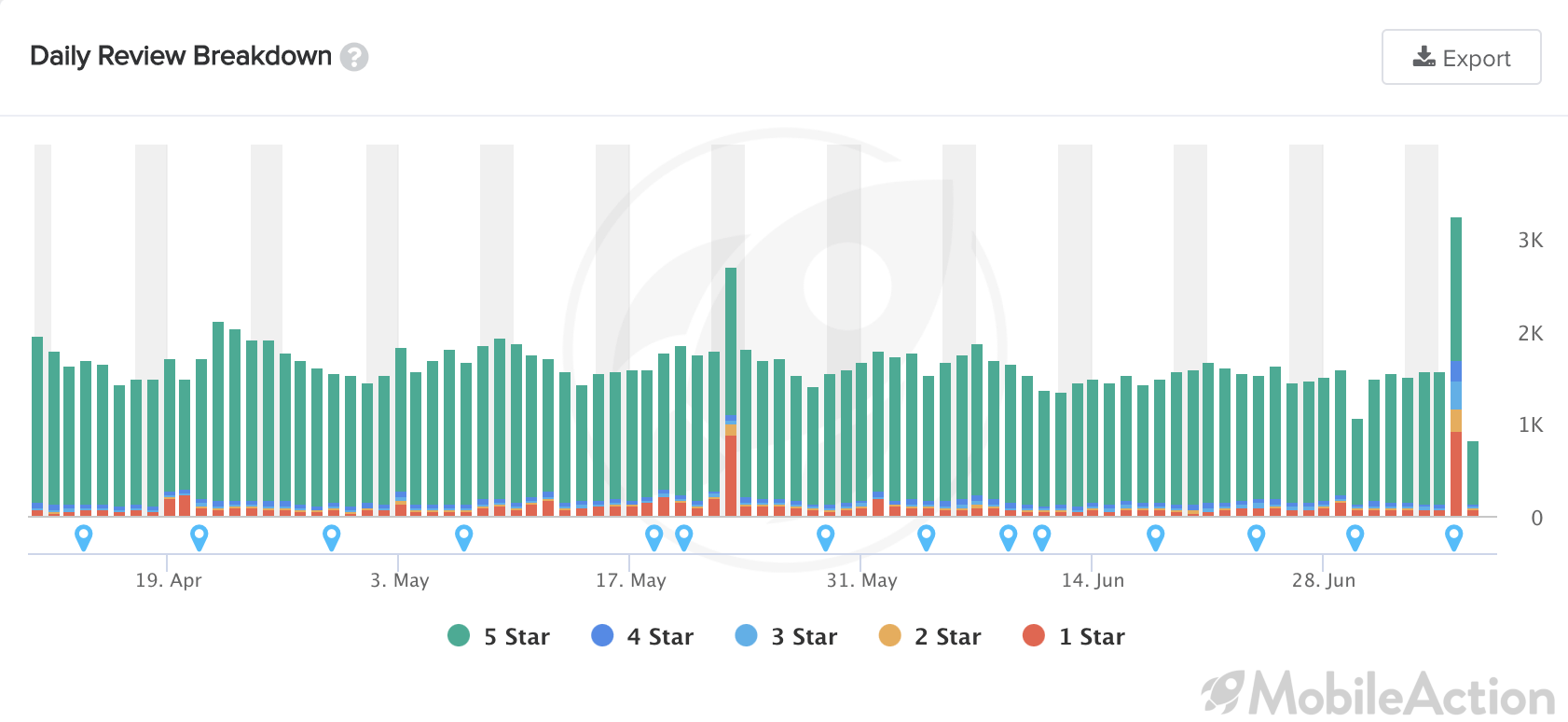
Good reviews are desired but bad reviews are just as important. Pay attention to the negative reviews. See if there are any bugs, dislikes or ideas about the current version of your app. Respond to those reviews. Show that you care. Show that you are trying to solve their problems.
If you are interested in learning more and looking for ways to step up your mobile app engagement game, schedule a demo with us today and use data to get your users addicted!

